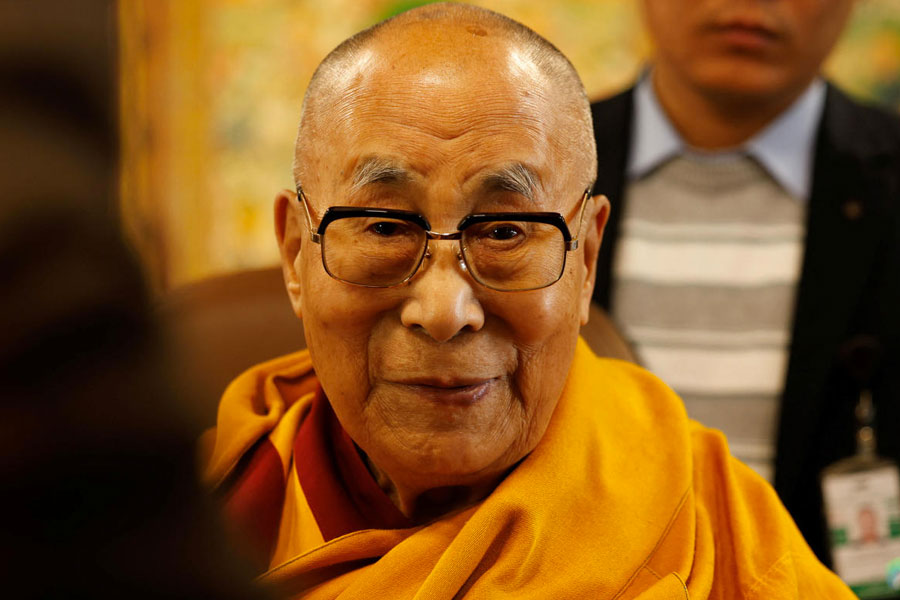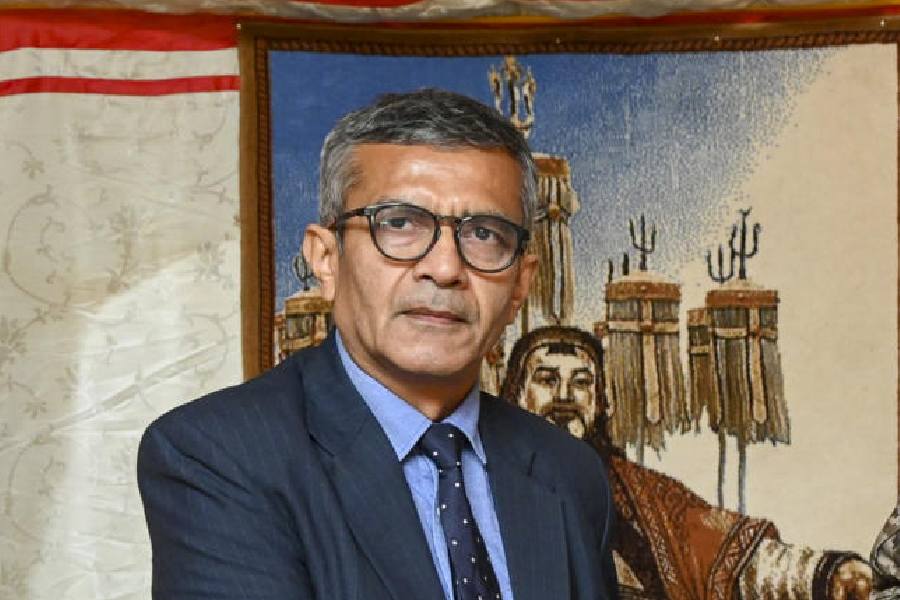 Good morning, sir,” the cabbie says in English. His accent, body language and ease of manner suggest a college education. “Er, how far did you study?” I ask hesitantly, wondering if he might see it as unwarranted curiosity.
Good morning, sir,” the cabbie says in English. His accent, body language and ease of manner suggest a college education. “Er, how far did you study?” I ask hesitantly, wondering if he might see it as unwarranted curiosity.
“Well, I have a degree in civil engineering,” he says after a moment’s pause and bursts out laughing. I join him, in disbelief and surprise.
Ramit Arora, 29, had sometime in 2012 decided that signing up with Ola Cabs made better sense than sticking to his Rs 10,000-a-month construction supervisor’s job with realtor Gaursons India Limited in Ghaziabad.
“I’d learnt by word of mouth how much they earned,” the Ghaziabad businessman’s son who graduated from a private engineering college in Meerut said, changing gears as he tackled the evening traffic at Mandi House, New Delhi.
So, borrowing a little from friends, he bought a car. Today, he says, he works over 12 hours a day and earns at least
Rs 90,000 a month.
Ramit explained he had to pay Ola a portion of the fare, which rises sharply during the peak hours — 6am to 11am and 4pm till late evening (a 25km ride in Delhi between 4.30pm and 6pm on December 6 cost me Rs 478). But the key is the incentive of Rs 225 per trip that Ola pays him during the peak hours — to pre-empt attrition in a fiercely competitive taxi-hailing industry.
“I hardly have to wait 10 minutes between two trips,” said Ramit, looking smart in his Ola uniform — white linen kurtas with shoulder straps and matching jootis.
But the road to prosperity offered a few tricky turns. First, the family found his new profession demeaning. When his sister, a lawyer, got married Ramit told his family he had hired a driver for his cab — just to spare them embarrassment before the in-laws.
Harder to handle has been the condescending attitude of some of the passengers, who would address him with a “tu” and often speak disrespectfully.
“One afternoon there were some extremely impolite passengers; I dropped them halfway, near another cab, with folded hands and said I didn’t want the fare,” Ramit said.
“The company told me my ratings (which Ola seeks religiously from the passengers) would drop but I said I can’t compromise on self-respect.”
Aprameya Radhakrishna, who founded TaxiForSure with Raghunandan G. before selling the company to Ola, said the average monthly income of a cabbie attached to a taxi-aggregating company was Rs 50,000.
“There’s a social mobility, with even students working as part-time drivers,” he told The Telegraph.
But Radhakrishna warned that Ramit and his peers might be enjoying a first-mover advantage that might not last. As the taxi-hailing industry grows — estimates suggest a combined fleet of 300,000 taxis in major Indian cities — only a handful of competitors would be left standing and the fares would rise while the incentives for drivers fell, he said.
Ramit, whose father runs a wholesale grocery business in Uttar Pradesh, has inspired a cousin, a diploma holder in mechanical engineering, to become an Ola driver too.
“I’ve been driving a cab for two years but my family doesn’t know. I’ll tell them once I buy a second car and hire a driver — that will raise my status,” said the young man, who earlier worked in the machine tools department of a well-known gear company near Delhi.
He asked that his name not be revealed lest it interfere with his marriage prospects.
Ramit ducked a query about his marriage plans, smiling and saying he needed to save money first.










